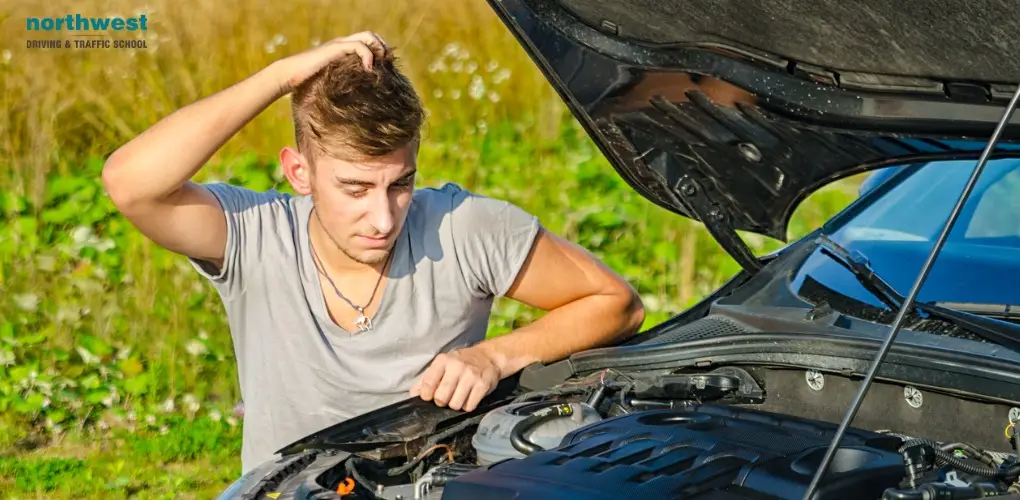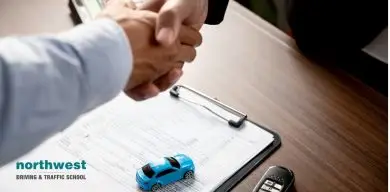- Others
How To Stop Stalling Your Car

Stalling your car is one of the great fears of any new driver, especially because Murphy’s Law says that it will happen at the most inconvenient time and place. Everyone who had ever driven a car has come to fear the dying shudder as their car stalls out at a busy intersection and the panic of trying to get it restarted as the chorus of angry horns builds in the background.
To make sure you have to go through that embarrassing situation as little as possible, we’ve put together this handy guide with everything you need to know about how to stop stalling your car, from why it happens to what to do when it inevitably happens to you.
Table of Contents
Why Does A Car Stall?
Stalling is a problem that is most common in manual cars, although automatic cars can stall if there is an underlying mechanical problem.
Stalling is a side effect of how a manual car works. When you are in gear and your foot is not depressing the clutch, two discs connect the engine with the transmission, causing your wheels to turn. Once the engine and transmission are connected, they must have the same revolutions per minute (RPM) and that RPM is determined by what gear you are in.
If you slow your car down but don’t change down to a lower gear, the engine will begin to struggle, which is when you experience the juddering sensation experienced as the engine begins to stall.
The same scenario applies when pulling away in your car from an idle position, like when you are stopped at traffic lights. As you begin to engage the clutch, you need to apply enough acceleration to ensure that the RPM of the engine and transmission is matched.
How To Avoid Stalling A Car?
Now that you have a better understanding of why your car is stalling, let’s look at ways you can prevent that from happening. There are two common scenarios in which you may find you are stalling your car and for each, there is a different approach to stop your car from stalling:
When Coming To A Stop:
- Gently press the brake pedal to begin slowing your car, then depress the clutch pedal to disengage the clutch (unless you are in first gear, in which case depress the clutch followed by the brake)
- Once the car has come to a standstill depress the clutch once again and put the car into first gear before pulling away again
When pulling away:
- Depress the clutch pedal with your left foot
- Select first gear
- Gently put pressure on the accelerator until revs reach around 1500
- Slowly lift pressure from the clutch pedal until you find the biting point
- When you are ready to release the handbrake, continue slowly lifting the clutch pedal and putting pressure on the accelerator
- As the car starts moving slowly, lift pressure completely from the clutch, keeping your right foot steady on the accelerator.
What To Do If You Stall Your Car?
The first thing to do if you do find your car has stalled is to try not to panic. Stalling is something that happens to every driver; even those with years of experience can and will still stall their car. It’s important that you keep calm and get your car moving again as swiftly as possible. Think of a stall as a reset and follow the procedure below:
- Apply your handbrake
- Put your car into neutral and restart the engine
- Put your foot back on the clutch and put your car into first gear
- Check your mirrors and pull away again once it is safe to do so
Is Stalling Your Car During Your Driving Test A Fault?
If you stall your car during your driving test it may not necessarily register as a fault, it depends entirely on how you deal with it and the impact on other road users. If you repeatedly stall the car it is likely to be marked as a fault, so it’s important you calmly restart the car as per the above procedure. If you stall on a busy road and are unable to restart the car quickly and safely, resulting in other road users being held up, it may be marked as a fault.
Whilst you’re learning to drive you are bound to stall your car several times as you learn more about how a car works. It’s during your lessons you should build your experience and learn how to deal with a stall quickly and safely. If your test is upcoming, it might be worth asking your instructor to help you deal with stall procedures if you haven’t yet experienced what happens and what you need to do.
Experience Excellence With Northwest Driving School
Embark on your driving journey alongside Northwest Driving and Traffic School. Our seasoned instructors offer live driving and traffic classes, underpinned by expertise and commitment. With a remarkable 98% first-time pass rate, our legacy speaks volumes.
Engage in captivating and informative classes – both on-campus and behind the wheel – tailored for success. Call us at (702) 403-1592 to initiate your driving adventure with our expert instructors. Northwest Driving School: Your partner in becoming a skilled, confident driver, regardless of age or background.





